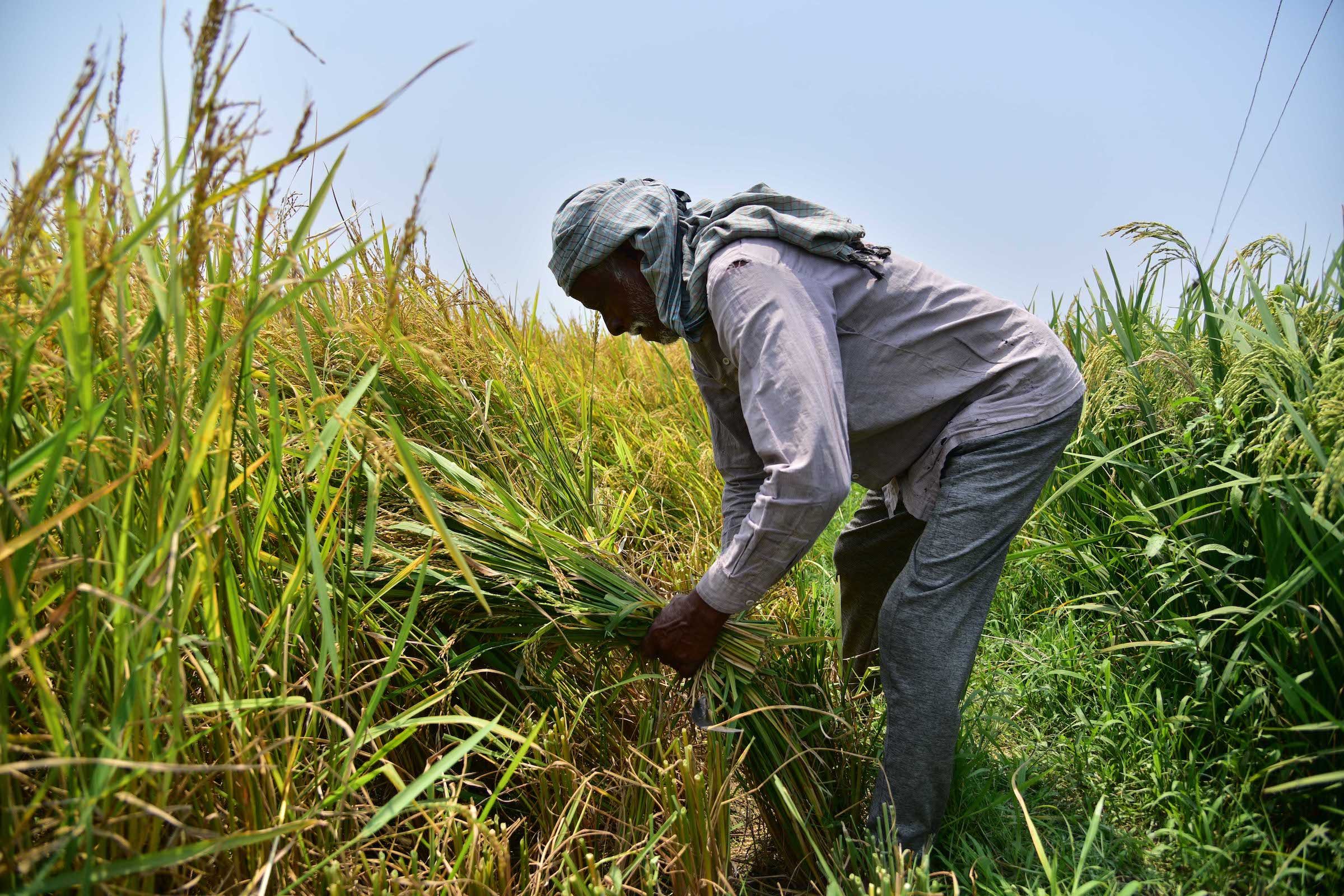SUMMARY
This is AI generated summarization, which may have errors. For context, always refer to the full article.

SINGAPORE – Asia’s rice output is set to climb this year as higher prices spur farmers to expand acreage and use more fertilizer, easing supply concerns after production suffered its first decline in seven years in 2022.
Production from recently harvested off-season rice crops in India and Thailand, the world’s top two exporters, has exceeded last year’s levels, and farmers are gearing up for main crops to be planted in coming months, with prices hovering near two-year highs.
Major northern hemisphere producers, including India, Pakistan, and Thailand, will start planting their main crops in May and June, said Shirley Mustafa, an economist at the United Nations’ Food and Agriculture Organization (FAO).
A greater area will be planted with rice “in response to increases in rice prices, and greater access to fertilizers could sustain an output expansion from these crops,” Mustafa said.
India’s export restrictions last year, combined with lower global production after a heatwave in China and floods in Pakistan, lifted prices of the staple, deepening worries over food inflation.
However, prices have declined in recent weeks, with the widely used 5% broken rice variety in India, the world’s largest rice producer, and Thailand quoted well below two-year highs seen earlier in 2023.
Production from winter-sown rice in India jumped to 22.8 million metric tons from 18.5 million metric tons a year ago as above-average rainfall in September-October allowed farmers to expand. The rebound compensated for the drop in the summer-sown crop.
In Thailand, output from this year’s off-season crop is expected to have risen to 5.1 million metric tons, up 24% from a year ago, according to the FAO.
“Last year, rains were very good and reservoirs had plenty of water for irrigation,” said a Bangkok-based trader at an international trading company, who declined to be named because he was not authorized to speak to the media.
Globally, the area under rice cultivation is forecast to climb to 165.70 million hectares in 2023-2024, from 163.74 million hectares, according to the International Grains Council (IGC). World production is projected to climb to 521.49 million metric tons, up from 509.30 million metric tons.
“Prices are higher, and we are expecting that to encourage plantings for the 2023/24 crop, particularly in the major exporters,” said Peter Clubb, a market analyst at IGC.
Rice producers, encouraged by higher grain prices and lower costs of crop nutrients, are also expected to use more fertilizer to boost yields.
Prices of fertilizers fell in the January-March quarter as supply from Belarus, the third largest potash exporter, resumed and costs of key inputs, including nitrogen, fell from 2022 highs.
However, weather remains the key for Asian rice production, with some forecasters predicting an El Niño event, which brings dryness to large parts of Asia.
“As far as weather conditions go, yes, it is early and there is some concern about the impact of El Niño on rainfall in Asia,” Clubb said. “Of course, the length and intensity of these weather systems will determine final conditions.” – Rappler.com
Add a comment
How does this make you feel?
There are no comments yet. Add your comment to start the conversation.